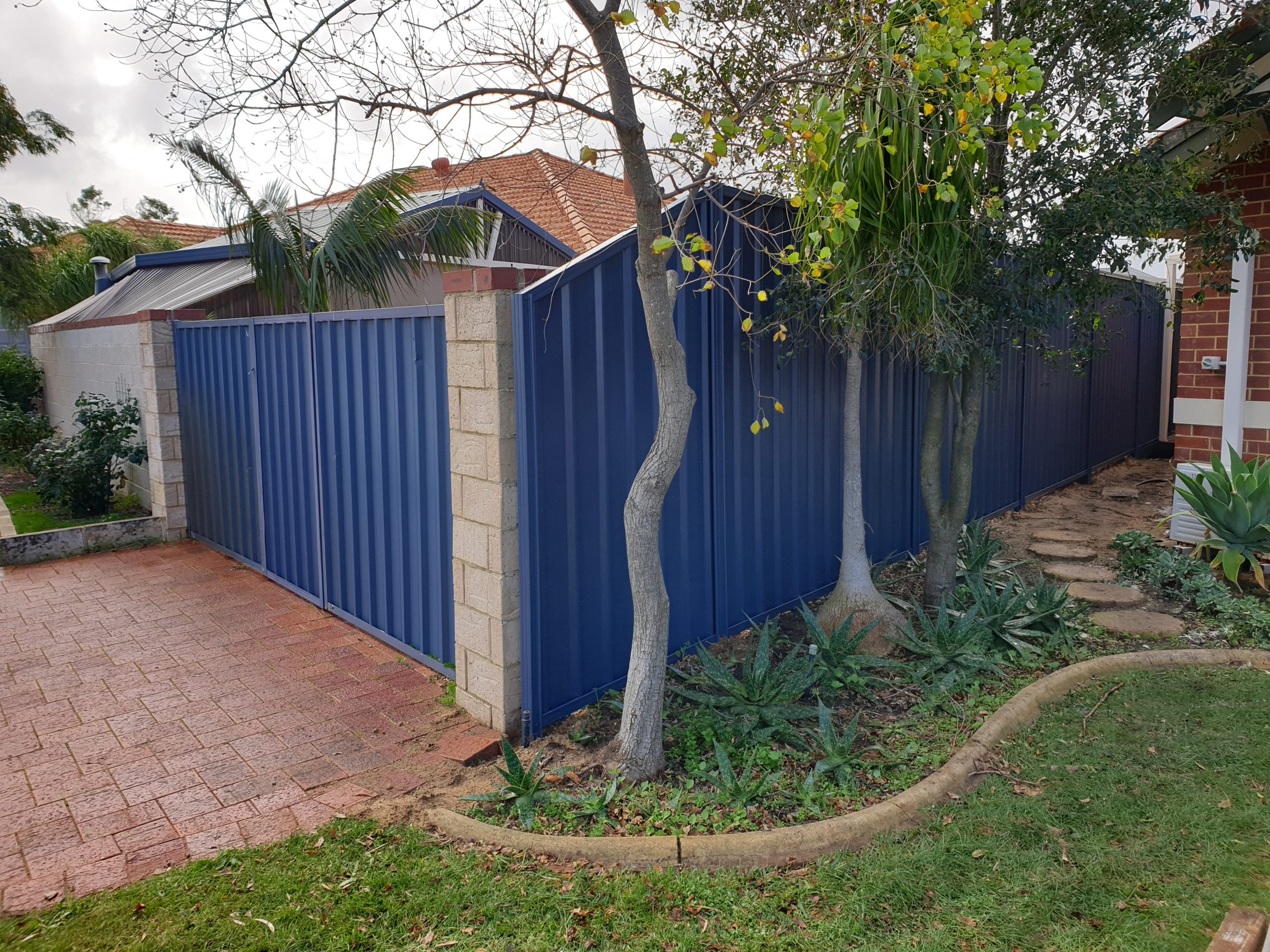
As homeowners, we often prioritise the aesthetic appeal and durability of our fences when making decisions about our properties. However, it’s important to also consider the environmental impact of our choices. Colorbond steel fencing, a popular choice for many homeowners, is known for its durability and vibrant colour options. But have you ever considered its environmental impact?
We’ll explore the positive contribution that Colorbond fencing can make towards sustainable design and building practices. From its carbon footprint to its recyclability, we’ll delve into the environmental benefits of Colorbond fencing. So, let’s dive in and explore why Colorbond steel is a great choice for environmentally-conscious homeowners.
The Carbon Footprint of Colorbond Steel Fencing
Colorbond fences have a relatively low carbon footprint when compared to other fencing materials. The carbon footprint is calculated based on the amount of greenhouse gases that are emitted during its production, transportation and installation. The manufacturing process of the Colorbond material involves the use of steel, which is known to have a high carbon footprint. However, the use of recycled steel in the manufacturing process significantly reduces this carbon footprint.
The transportation of Colorbond fencing is also a contributing factor. However, Colorbond is lightweight and can be easily transported, reducing its carbon footprint during transportation. When compared to other fencing materials like timber, which requires more energy and resources to transport, Colorbond fencing has much less environmental impact.
Recyclability of Colorbond Steel Fencing
Colorbond fencing is also highly recyclable, making it a sustainable choice for homeowners. The steel used in Colorbond fencing is fully recyclable, which means it can be melted down and repurposed into new steel products. This not only reduces the amount of waste going to landfills, but it also conserves natural resources and reduces energy consumption.
The great news is that Colorbond fences can last 20 to 30 years or even longer with proper care and maintenance, making them a great choice for sustainability. However, when the time comes to replace your Colorbond fence, it’s important to take it to a recycling facility to ensure it is properly disposed of. By doing so, you can help reduce the environmental impact of your fencing and contribute to a more sustainable future. Additionally, using recycled Colorbond fencing in your new fence can further reduce the environmental impact. Recycled Colorbond fencing is just as durable and high-quality as newly manufactured Colorbond fencing, so you won’t be sacrificing quality for sustainability.
Sustainable Design and Building Practices with Colorbond Fencing
In conclusion, installing Colorbond fencing is an environmentally-friendly option for homeowners who want a sustainable fencing solution without compromising on quality. With its durability, recyclable materials and energy-efficient features, Colorbond fencing can significantly reduce waste and resource consumption. So if you’re looking for a fence that is both stylish and sustainable, Colorbond fencing is the way to go.
Colorbond fences are undeniably the go-to brand for fencing. If you’re considering a Colorbond fence for your Perth property, get in touch with our team today.
